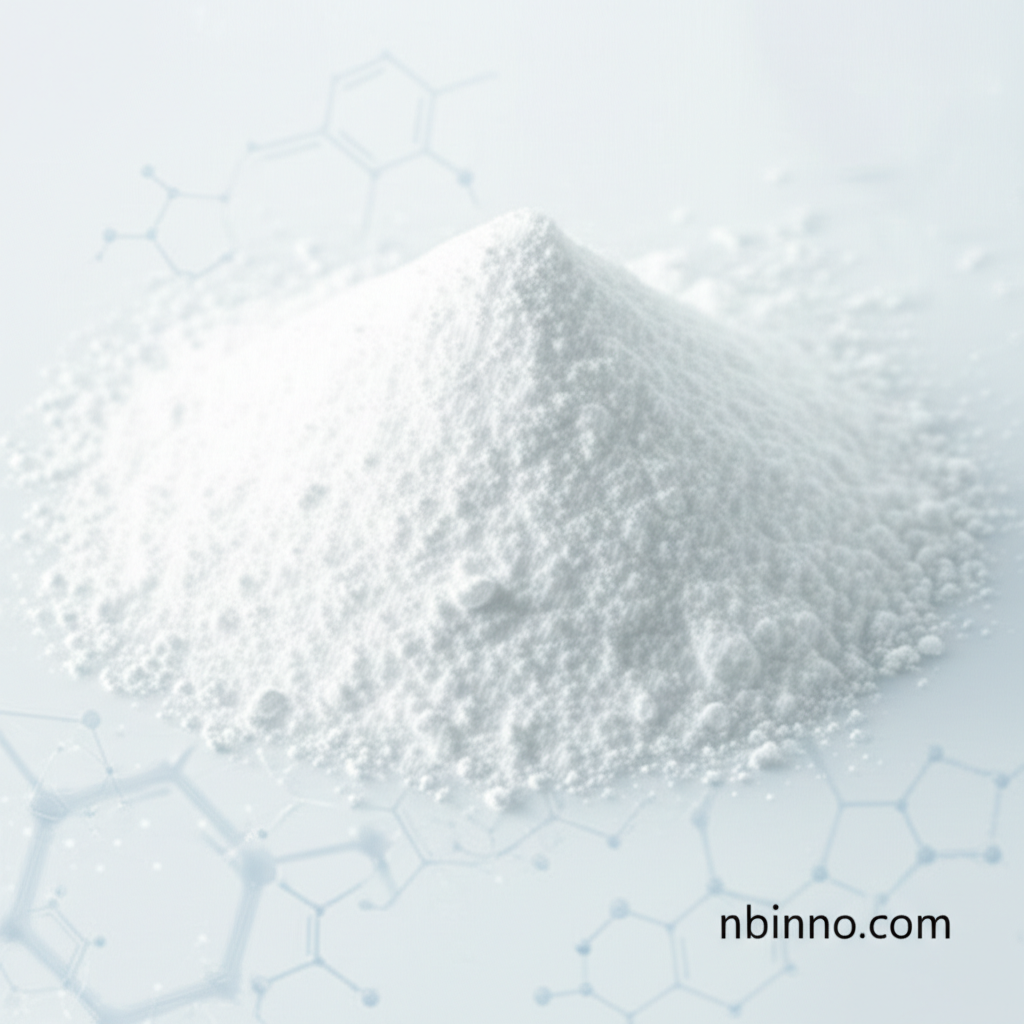1-Ethynyl-4-(triphenylvinyl)benzene: A Key Intermediate for Advanced Materials
Unlock new possibilities in organic synthesis and material science with this crucial building block.
Get a Quote & SampleProduct Core Value

1-Ethynyl-4-(triphenylvinyl)benzene
This compound serves as a vital intermediate in the realm of organic chemistry, offering a unique molecular structure for the synthesis of complex molecules and advanced materials. Its potential applications span across various high-tech fields, making it a valuable component for researchers and manufacturers alike.
- Discover the utility of 1-ethynyl-4-(triphenylvinyl)benzene CAS 1225493-18-4 in your next organic synthesis project. Its specific structure makes it an ideal intermediate.
- Leverage this organic synthesis building block for the development of novel materials. Its properties lend themselves to cutting-edge applications.
- Explore the potential of triphenylvinylbenzene derivatives in creating advanced functional materials. This compound is a key starting point.
- Utilize this compound as a crucial precursor for advanced materials, including those used in OLED technology. Its unique chemical makeup is highly sought after.
Key Advantages
High Purity and Quality
Achieve reliable results in your synthesis with a product guaranteed to have 97% minimum purity, ensuring consistent performance for all your research needs.
Versatile Application Potential
As a key organic intermediate, this compound opens doors to a wide array of downstream products, supporting innovation across various chemical sectors.
Foundation for Advanced Materials
Its molecular architecture makes it an excellent starting point for building complex structures required for next-generation electronics and functional materials.
Key Applications
Organic Synthesis
Act as a critical building block in complex organic synthesis pathways, enabling the creation of intricate molecular structures with high precision.
Material Science
Serve as a precursor for novel materials, particularly in the development of organic electronic components and functional polymers.
OLED Technology
Contribute to the advancement of OLED materials, providing essential structural elements for light-emitting diodes with enhanced performance.
COF/MOF Development
Function as a linker or building block in the synthesis of Covalent Organic Frameworks (COFs) and Metal-Organic Frameworks (MOFs), facilitating the creation of porous materials with tailored properties.
